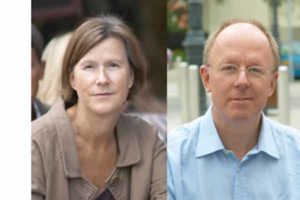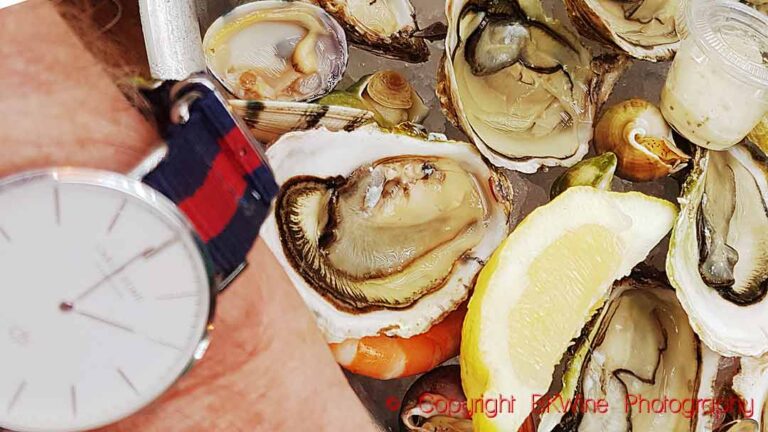
Saint Emilion is updating its classification. But Chateau Cheval Blanc and Chateau Ausone no longer want to be part of it, which is fine. It is voluntary to take part in the new update (scheduled for 2022). It costs money. Applying to join (or stay) in the premier grand cru classé group costs 21,000 euros. It’s cheaper if you don’t want “premier”. Now, of course, it is not the money that has made the region’s two top chateaux decide not to join.
Is this the end of the Saint Emilion’s classification?
It is brave of Saint Emilion to embark on a new update after all the trouble surrounding the previous one. In 2006, eleven chateaux were demoted (from the grand cru classé group). Some of the chateaux sued the entire classification. When the update was finally approved in 2012, eight of them had regained their grand cru classé status. But three had inexorably fallen out. The lawsuits continued.
Furthermore, two chateaux (Pavie och Angélus) were promoted to the highest group, premier grand cru classé A, a group implicitly dedicated to Cheval Blanc and Ausone by virtue of their reputation.
Without Cheval Blanc and Ausone, some of the glory of being in the “A” group will be gone.
Everything that happened in 2006/2012 has put the spotlight on how the chateaux are actually assessed. Is it just about tasting the wines? No, not at all. Only 50% of the total assessment comes from tastings of the last 10 (15 for “premier”) vintages. Equally “important” is the chateau’s reputation, the price of the wines, marketing activities, location, soil, typography, the work in the vineyard and the cellar, ageing cellar, traceability and more. Is that what a “classed” growth is about?
Would it be possible to have a classification based solely on tastings results? But if you taste blind, which I suppose they do, you cannot be sure of anything. And definitely not that Cheval Blanc and Ausone would score the highest points in each update. Therefore, things like price and reputation must be considered for the list to be perceived as reflecting “reality”. (What reality?)
If you then put all the chips on the taste of the wines, classifying according to blind tasting results, you inevitably end up in a different foxhole. The taste, quality, of a wine cannot be assessed objectively. There is no neutral and objective way for people to agree on which wines are “best”. It is fundamentally subjective. Countless tastings show that even the most experienced experts (or consumers) do not agree on what is “quality” in a wine. Taste is inevitably subjective and individual.
A lot can be said about the 1855 classification in Médoc, but it was based on something fair and impartial. The price. Admittedly, such a classification today is not very interesting. It is easy for everyone today to check out what a wine cost. But in the middle of the 19th century, it could undoubtedly be of great help, with no Vivino or Wine-Searcher to turn to.
This is an excellent illustration of the fact that all classifications are meaningless. Or at least meaningless to the consumer. “1855” classifies a building (or a trademark). Saint Emilion ranks history, marketing and taste. But to make a fair and impartial ranking of taste is impossible. Taste is subjective. The Graves region planned to update their classification some years back, but they shelved the project because they couldn’t define criteria that made sense. Other than price.
The primary purpose of classifications is probably to protect those inside from competition from those outside. And make sure consumers pay a little extra for those who are members “the club”.
From a consumer’s point of view, it would be much better if we scrapped all the classifications. They are of no help to the wine-loving consumer.
(Perhaps important to add: a classification is something completely different from an appellation. Classifications are found almost exclusively in Bordeaux. For example, what is called “grand cru” in Burgundy or Alsace is an “appellation”. And grand cru in Champagne is an entirely different story (it’s neither of the two) that we will have to tell you about another time.)
Enjoy the Brief!
Britt & Per
If you appreciate what we do, you can help us:Tell your friends about the Brief or send it to them.
Like us and follow us on social media:
This is just the introduction to the latest issue of the Brief. Subscribe to the BKWine Brief and you will get the whole edition in your mailbox next month.
What’s on at BKWine Tours
BKWine is also one of the world’s leading wine tour operators. Here’s what we currently have on our scheduled wine tour program:
- Chile-Argentina, January 17-30, 2022
- South Africa, February
9-18, 2022plan for 2023
- New Zealand, March
10-25, 2022plan for 2023
We also make custom designed wine tours.
We’re different than most other wine tour operators. We are people who know wine inside out, who travel constantly in wine regions, who write award winning books about wine. Who do this out of passion. Our tours are different from others. More in wine tours: BKWineTours.com.











